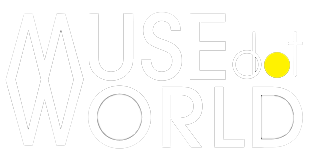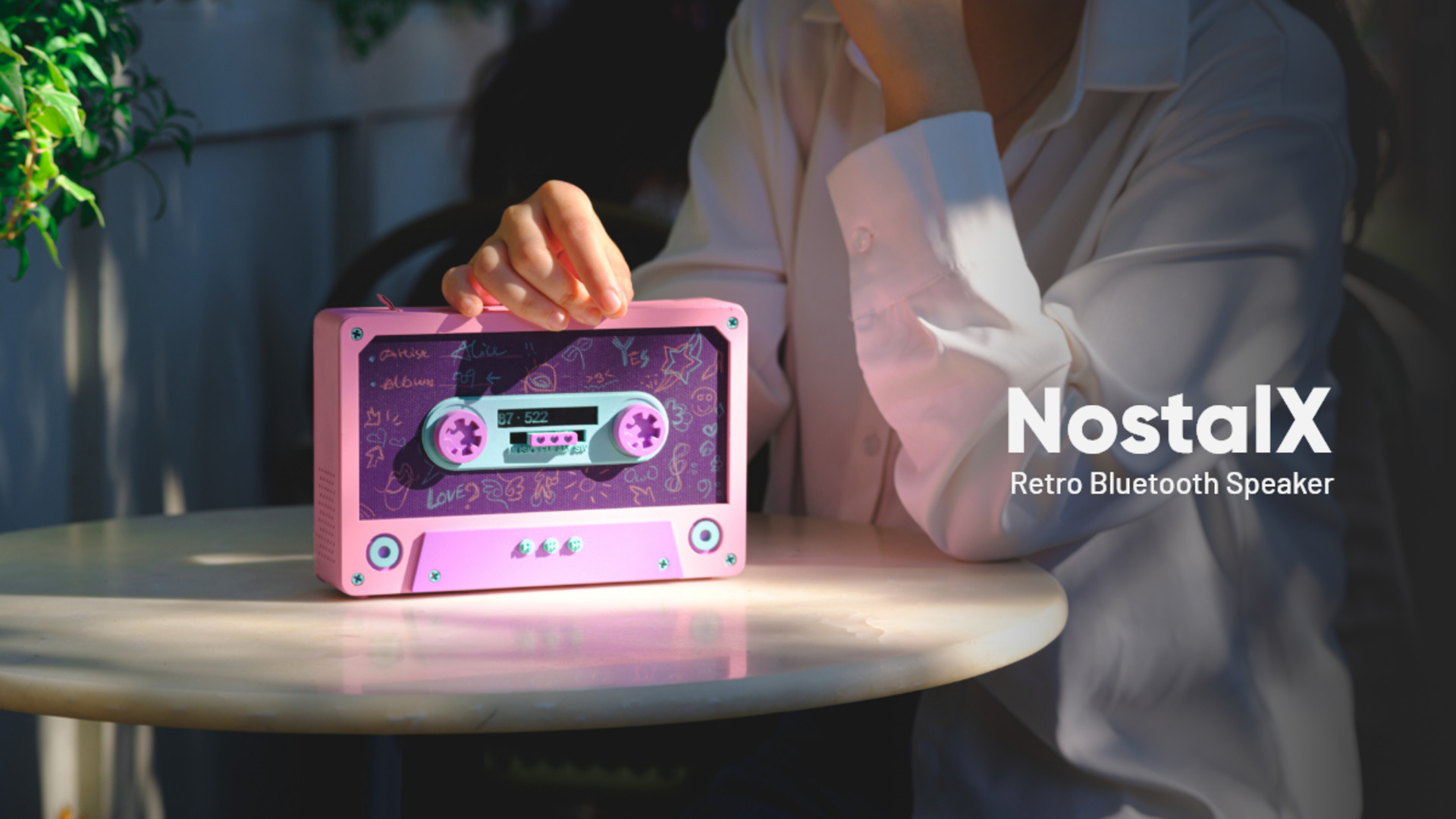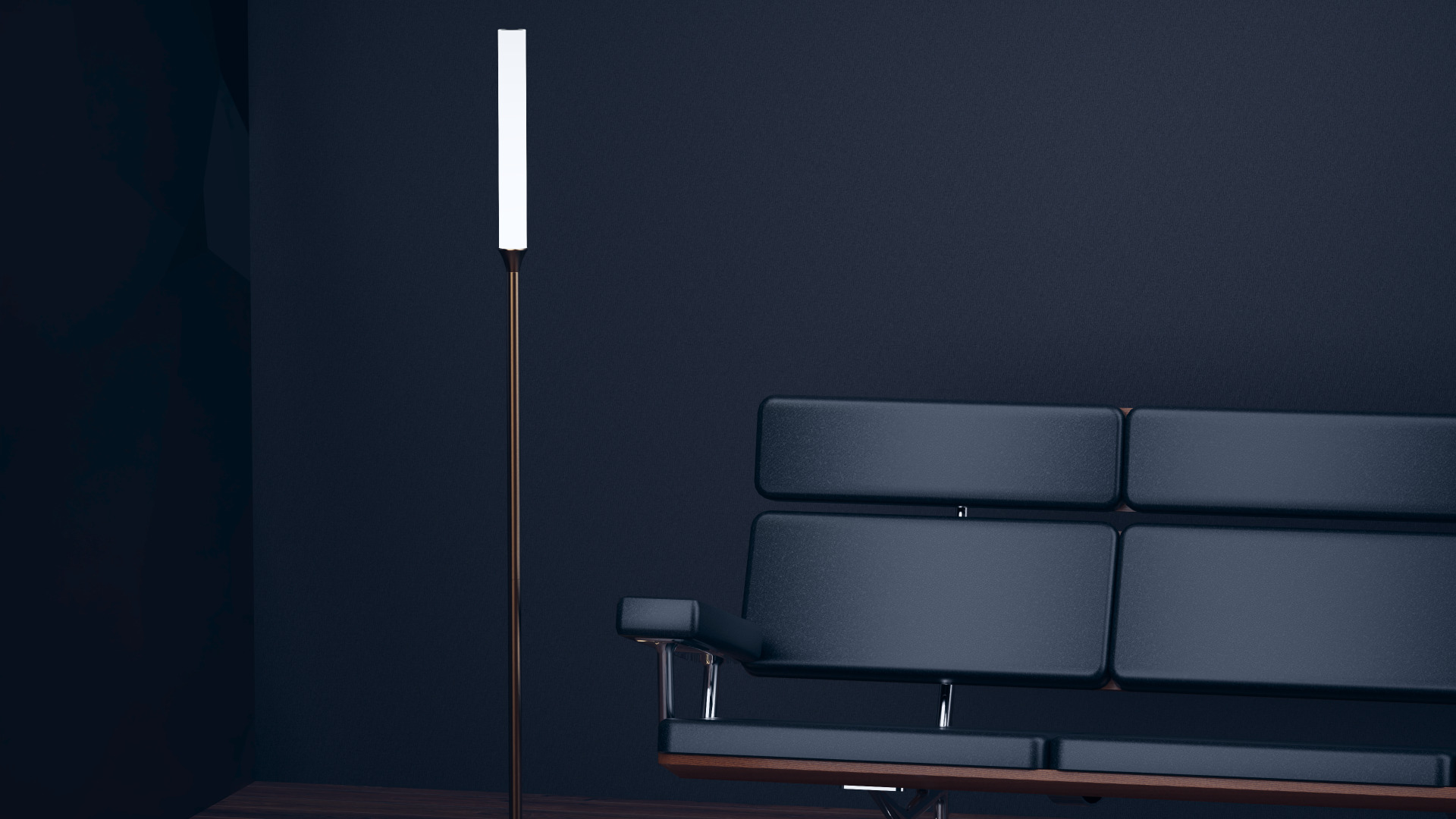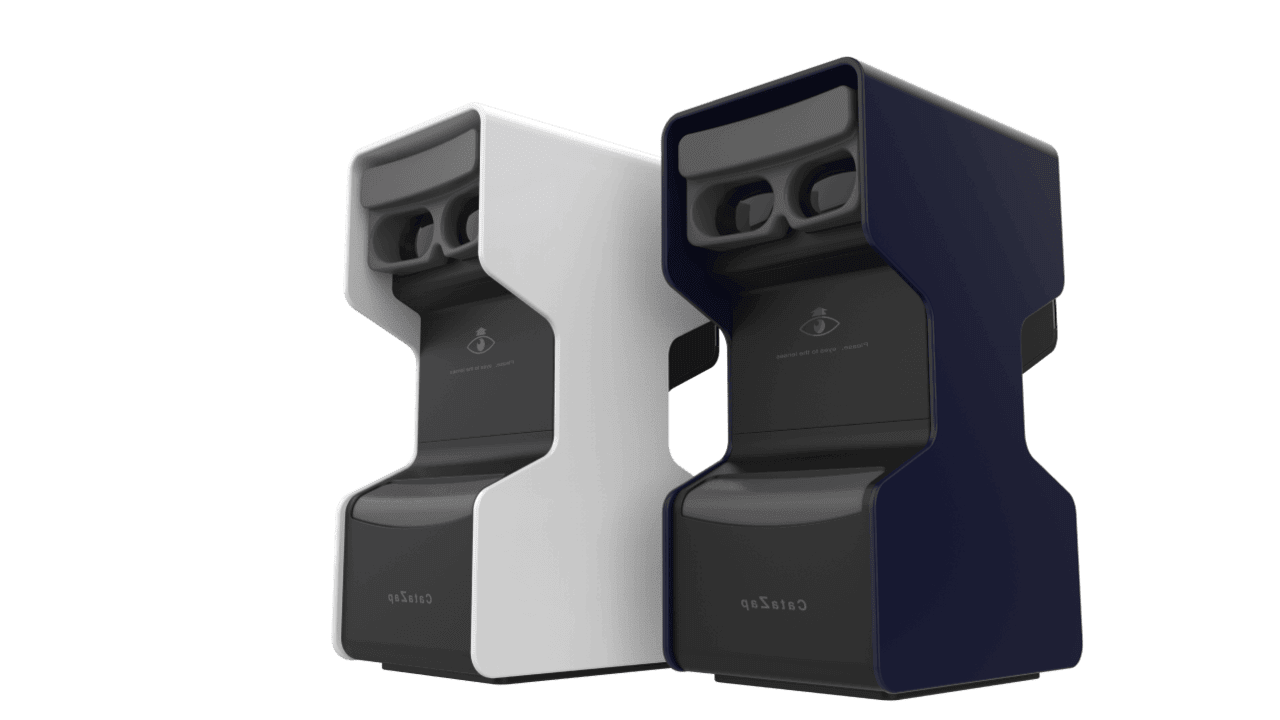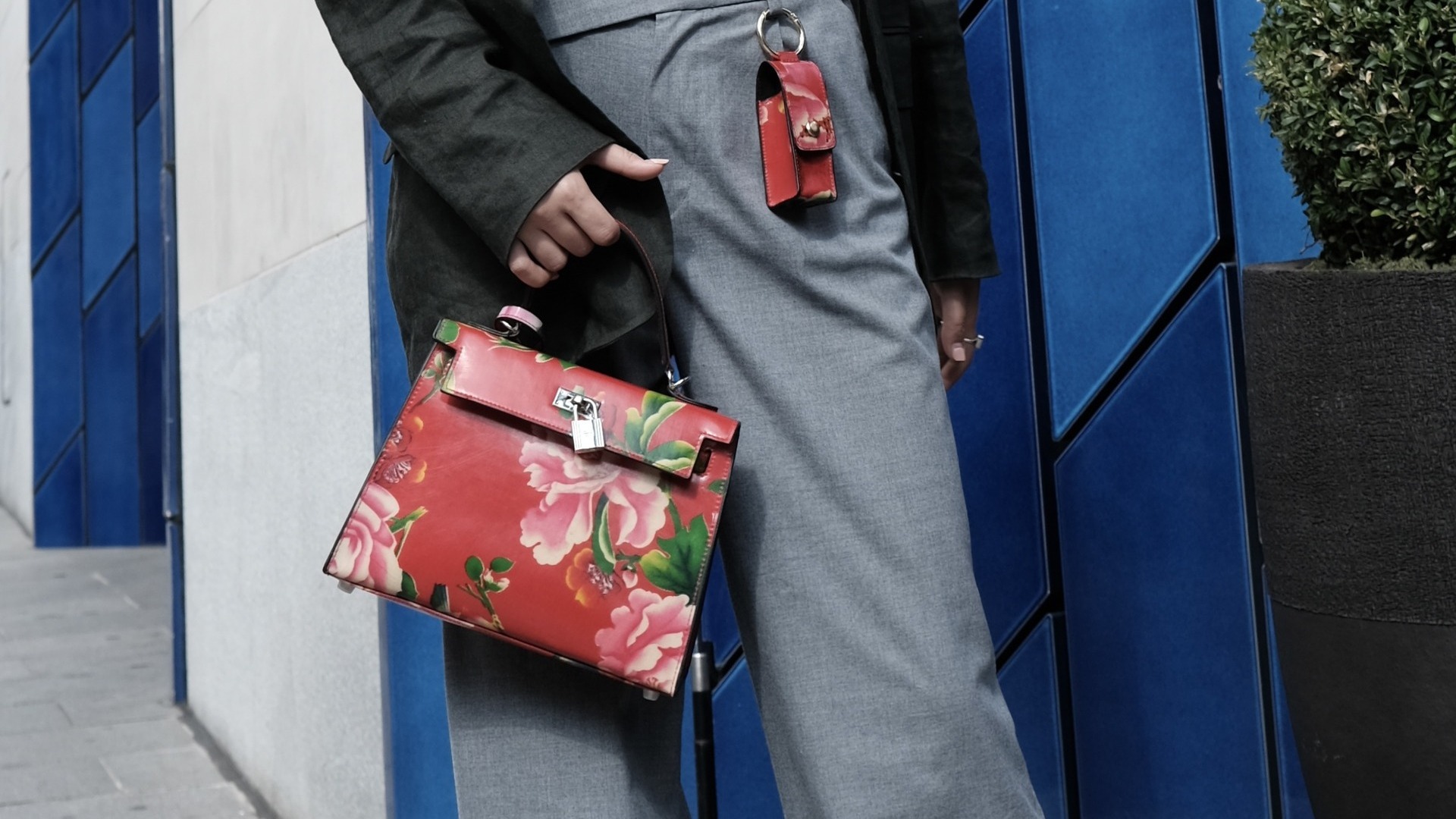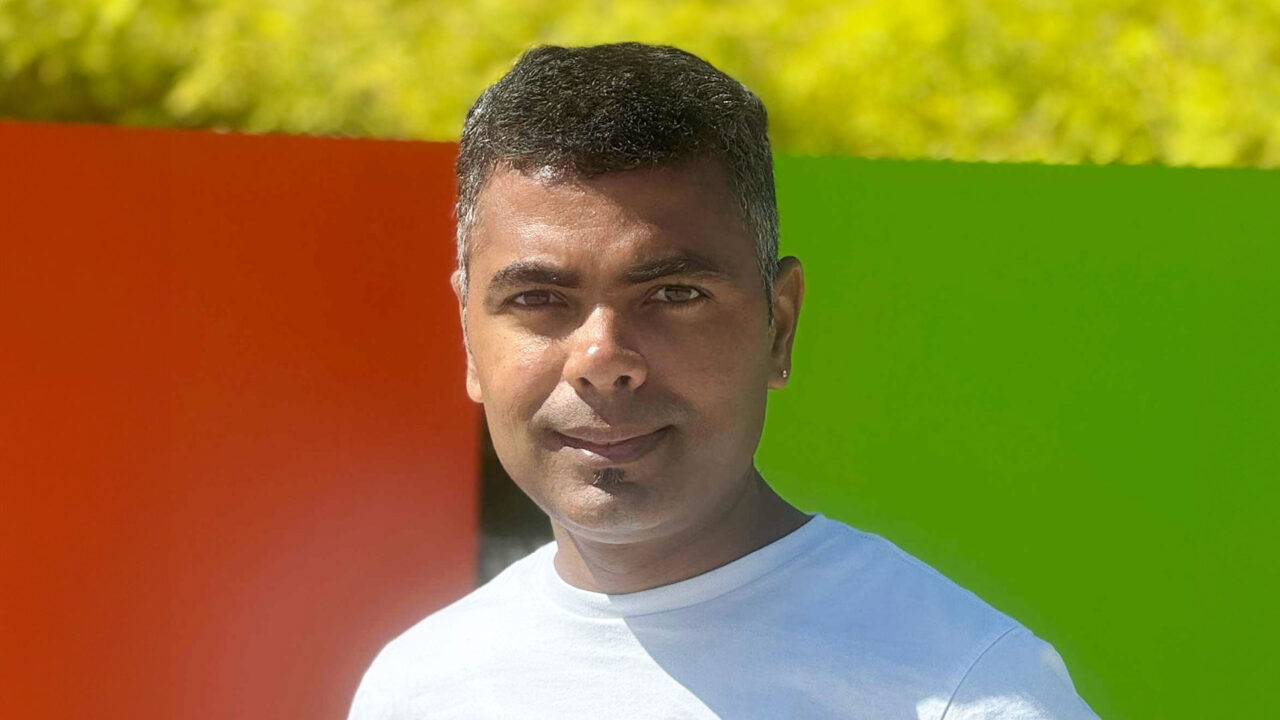A Conversation with Weijing Zhao | Designing with Purpose

St George’s Road Residence | A Conceptual Architectural Vision
April 1, 2025
Interview with Qijun Nie, the Founder of Functional Form Block Allies
April 1, 2025Weijing Zhao
With a background in architecture, product design, service design, and interaction design, Weijing Zhao is a multidisciplinary designer dedicated to creating impactful solutions. With experience working on projects ranging from consumer products to large-scale municipal systems, he is passionate about designing meaningful, functional, and beautiful experiences that enhance everyday life.
Hey, I'm Weijing Zhao with a diverse background in architecture, landscape, environmental industrial design, product design, service design, and interaction design, which has offered me the opportunity to work on an extensive array of projects ranging from small consumer products to complete systems for several municipalities around the world.
I have held positions such as: designer for multiple product design and manufacturing companies with high-profile clients, and instructor for an art and design educational organisation.
Our company, Functional Form Block Allies, is more than just a design studio; it’s a collaborative union that connects designers across regions, fostering a unique synergy in our work. We focus not only on delivering effective design solutions for companies in need but also on nurturing the next generation of designers.
Through our educational programs, we guide students and young designers in understanding industry processes and standards while encouraging them to bring fresh perspectives and ideas. By blending professional experience with academic insight, we inspire both our industry partners and students, creating an environment where traditional and innovative approaches intersect, pushing boundaries in design.
A "good" design, to me, is one that seamlessly blends functionality, aesthetics, and user experience. It's intuitive and easy to use, addressing the needs and desires of its users while being aesthetically pleasing. A good design is also innovative, offering creative solutions to problems and standing out without sacrificing practicality.
It should be versatile and adaptable, fitting its context and evolving with time. Above all, a good design leaves a positive, lasting impression, making life easier, more enjoyable, or more meaningful for those who interact with it.
Yes, I believe that cultural heritage has a significant impact on the design process. Coming from an Asian background, I am influenced by the rich traditions of craftsmanship, storytelling, and attention to detail that are deeply embedded in the culture. These elements often guide my design decisions, especially in terms of colour symbolism, patterns, and the overall aesthetic balance between tradition and modernity.
In my design process, I often draw from the philosophy of simplicity and harmony, which are valued in many Asian cultures. This can translate into minimalist design choices that prioritise functionality while creating visually pleasing and balanced compositions. Additionally, the concept of collective experience—emphasising community and shared understanding—can inspire designs that are user-focused and aim to make a positive, inclusive impact.
Overall, my cultural background helps me approach design with a unique perspective, where I try to blend innovation with timeless, culturally resonant elements.
Winning the 2024 London Design Award is a tremendous honour and a reflection of the hard work, passion, and creativity that my team and I have poured into our design projects. It validates our commitment to excellence and innovation, affirming that our efforts in crafting meaningful, impactful designs have been recognised on an international stage.
For me, personally, this award represents the culmination of years of dedication to the craft and the pursuit of pushing boundaries. It reinforces the importance of solving problems with creativity and a user-centered approach. For my company and team, this award is not just a celebration of individual accomplishments but a recognition of our collective strength, collaboration, and shared vision.
It serves as motivation to continue striving for even greater achievements, to keep innovating, and to inspire others in the design community. This recognition is not just a milestone—it's an invitation to take our work to new heights, inspire more people, and create designs that make a lasting impact. It’s a proud moment for all of us, and we’re excited for what the future holds!
We’re honoured to have several projects recognised in the 2024 London Design Awards. Each of these designs was entered because we believe they strongly reflect our commitment to creating more humane, thoughtful, and convenient products. These projects aim to bridge connections between people in ways that may not have been possible before, balancing the needs of service providers and receivers.
While our winning works span different categories, they all share a core mission: to create designs that genuinely care about and enhance people’s lives, embodying the values that drive us at Functional Form Block Allies.
The design industry is incredibly dynamic, and there’s so much to love about it. My top three favourite aspects are:
The Power of Problem-Solving: At its core, design is about solving real-world problems. I love how the industry constantly challenges us to think critically and creatively, finding innovative solutions that improve lives and drive progress. It’s incredibly fulfilling to turn abstract ideas into tangible, impactful outcomes.
Continuous Innovation: Design thrives at the intersection of creativity and technology. The industry’s ever-evolving nature pushes us to adapt, learn, and explore new tools, techniques, and trends. It’s exciting to be part of an environment where innovation is the norm, and the possibilities are endless.
The Community & Collaboration: The design industry is rich with collaboration, from brainstorming with team members to learning from a global community of creatives. Sharing ideas, getting inspired by others, and working together to bring visions to life fosters a sense of connection and purpose, making the journey even more rewarding.
These elements make the design industry not just a profession but a vibrant, inspiring space to grow, create, and contribute meaningfully.
Coming from Asia, the region’s design industry is uniquely influenced by a rich tapestry of cultural heritage, diversity, and a balance between tradition and modern innovation. Here are a few elements that make it stand out:
Cultural Diversity and Heritage: Asia is home to ancient traditions, philosophies, and craftsmanship that deeply influence design aesthetics. Whether it's the intricate patterns of traditional textiles, the symbolism in architecture, or the harmony-driven principles of design (like feng shui), the region’s heritage offers a wealth of inspiration.
Fusion of Tradition and Technology: Asia has mastered the art of blending the old with the new. Designers often incorporate traditional motifs, materials, and techniques while embracing cutting-edge technology like AI, robotics, and sustainable practices. This creates a distinct design language that’s both timeless and forward-thinking.
Global Influence with Local Roots: Asia’s growing prominence in the global design industry is shaped by its ability to cater to international markets while maintaining authenticity. The unique ability to adapt local design sensibilities for global appeal is a hallmark of the region’s design identity.
Emphasis on Sustainability and Innovation: With a growing focus on environmental challenges, many Asian designers are pioneering sustainable materials and processes inspired by traditional eco-friendly practices. This makes the region a leader in sustainable and socially responsible design.
Asia’s design industry is a melting pot of creativity, tradition, and innovation, offering a distinctive perspective that resonates on a global scale. It’s this ability to respect its roots while looking boldly to the future that sets it apart.
The design industry is poised for significant evolution in the next 5-10 years, driven by rapid advancements in technology, shifting societal needs, and a growing emphasis on sustainability. Here’s where I see it heading:
Seamless Integration of AI and Automation: Artificial Intelligence and machine learning will continue to revolutionise the design process. From AI-generated concepts to predictive design tools, these technologies will enhance efficiency and creativity, enabling designers to focus more on strategy and innovation. However, the human touch in storytelling and emotional resonance will remain irreplaceable.
Human-Centered and Inclusive Design: The industry will increasingly prioritise inclusivity, ensuring that designs are accessible to people of all abilities, ages, and backgrounds. This focus on empathy and user-centricity will redefine success in design, emphasising functionality and meaningful connections over mere aesthetics.
Sustainability as a Core Principle: Sustainable design will evolve from being a trend to a necessity. Designers will explore eco-friendly materials, circular design principles, and processes that reduce waste and carbon footprints. The concept of "design for longevity" will take precedence over disposable or short-term solutions.
Blurring Boundaries Between Physical and Digital: The rise of AR (Augmented Reality), VR (Virtual Reality), and the metaverse will blur the lines between physical and digital experiences. Designers will need to create immersive, multi-sensory environments that bridge these worlds, offering new ways to engage with brands, spaces, and products.
Greater Collaboration Across Disciplines: The future will demand interdisciplinary collaboration, where designers work closely with scientists, technologists, psychologists, and more. This approach will result in holistic solutions that address complex challenges, from climate change to mental health.
Customisation and Personalisation: As technology advances, personalised design solutions tailored to individual needs and preferences will become the norm. Whether through adaptive interfaces or bespoke product designs, the focus will shift towards creating unique, user-specific experiences.
Empowered Creators Through Decentralisation: Tools like blockchain and decentralised platforms will empower individual designers and smaller teams by providing new avenues for showcasing and monetising their work. This democratisation will fuel diverse perspectives and innovative ideas.
In summary, the next decade will be about balancing innovation with responsibility. Designers will play a critical role in shaping a more inclusive, sustainable, and connected future, pushing the boundaries of creativity while addressing the needs of people and the planet.
If you're a student or aspiring designer looking to enter the industry and aim for recognition like the London Design Awards, here’s my advice:
1. Embrace Learning and Stay Curious: The design industry is ever-evolving, so cultivate a mindset of continuous learning. Stay updated on trends, tools, and techniques, but also explore the history and theory of design for a strong foundation. Experiment with new mediums, styles, and technologies to expand your skill set and discover your unique design voice.
2. Focus on Solving Problems, Not Just Aesthetics: Great design goes beyond looking good—it solves real-world problems. Always start with empathy for your audience, understand their needs, and craft solutions that are both functional and beautiful. Think critically about the purpose and impact of your designs.
3. Build a Strong Portfolio: Showcase your best work in a portfolio that demonstrates versatility, creativity, and attention to detail. Include case studies that explain your thought process, challenges faced, and solutions implemented. Personal projects and passion projects can often stand out as they reflect your true creative voice.
4. Seek Feedback and Collaboration: Be open to critique—it’s one of the fastest ways to grow. Surround yourself with peers, mentors, or online communities that can provide constructive feedback. Collaboration will not only improve your skills but also teach you how to adapt to different perspectives.
5. Prioritise Storytelling in Your Work: A strong narrative can elevate your designs. Whether you’re submitting to awards or presenting to a client, clearly communicate the “why” behind your work—what problem it solves, how it impacts people, and why it’s innovative.
6. Stay Authentic and True to Your Vision: Don’t chase trends at the expense of your authenticity. Awards like the MUSE Design Awards celebrate originality, so bring your personal style, perspective, and cultural influences into your work.
7. Don’t Fear Rejection—Keep Evolving: If your first submission doesn’t win, don’t be discouraged. Treat it as a learning experience and use feedback to improve. Every step, even setbacks, brings growth.
8. Think Big, But Start Small: Work on local or small-scale projects first to build confidence and gain real-world experience. Even a small project done well can have a big impact on your career.
By focusing on purpose-driven design, nurturing your creative passion, and staying resilient, you’ll not only thrive in this industry but also set yourself apart as a future award-winning designer.
The London Design Awards website itself is an excellent resource, offering a vast database of inspiring work. For developing specific skills, online platforms can teach you everything from drawing to software to understanding manufacturing processes. However, as I often tell my students, the best resources are all around you in real life.
Engage with people, observe, and learn from real interactions. Understanding human needs and experiences firsthand is invaluable, as design ultimately serves people. So, immerse yourself in real life—it’s the richest resource a designer can have.
My key to success lies in a combination of passion, persistence, and adaptability. These three elements have been vital in navigating challenges and continually growing in both skill and perspective. Here's how I see it:
Passion Fuels Purpose: When you truly love what you do, it doesn’t feel like work—it feels like an opportunity to create and contribute. Passion keeps you motivated during tough times and helps you push boundaries in your craft.
Persistence is the Path: Success rarely happens overnight. It’s about showing up consistently, learning from failures, and staying resilient in the face of setbacks. Every step forward, no matter how small, builds momentum.
Adaptability Sparks Growth: The design industry, like life, is constantly evolving. Being open to change, eager to learn, and willing to reinvent yourself ensures you remain relevant and innovative.
Here are some parting words of wisdom:
1. Never stop learning: Stay curious, explore new tools, and embrace feedback as a gift.
2. Design with empathy: Always remember that great design is about people—it solves their problems and enriches their experiences.
3. Stay authentic: Trends will come and go, but your unique perspective and voice are what truly set you apart.
4. Celebrate progress: Success isn’t just about the destination; it’s about appreciating every step of the journey.
In the end, success isn’t just about achievements—it’s about creating meaningful impact, both for yourself and for others. Keep believing in your vision, and remember: every design, big or small, has the power to inspire and transform.
Winning Entries
For more award-winning designs, explore the London Design Awards website here.
Weijing Zhao
With a background in architecture, product design, service design, and interaction design, Weijing Zhao is a multidisciplinary designer dedicated to creating impactful solutions. With experience working on projects ranging from consumer products to large-scale municipal systems, he is passionate about designing meaningful, functional, and beautiful experiences that enhance everyday life.
Read about the interview titled From Blank Canvas to Impactful Experiences: A Sharing by Jiayu Huu here.
